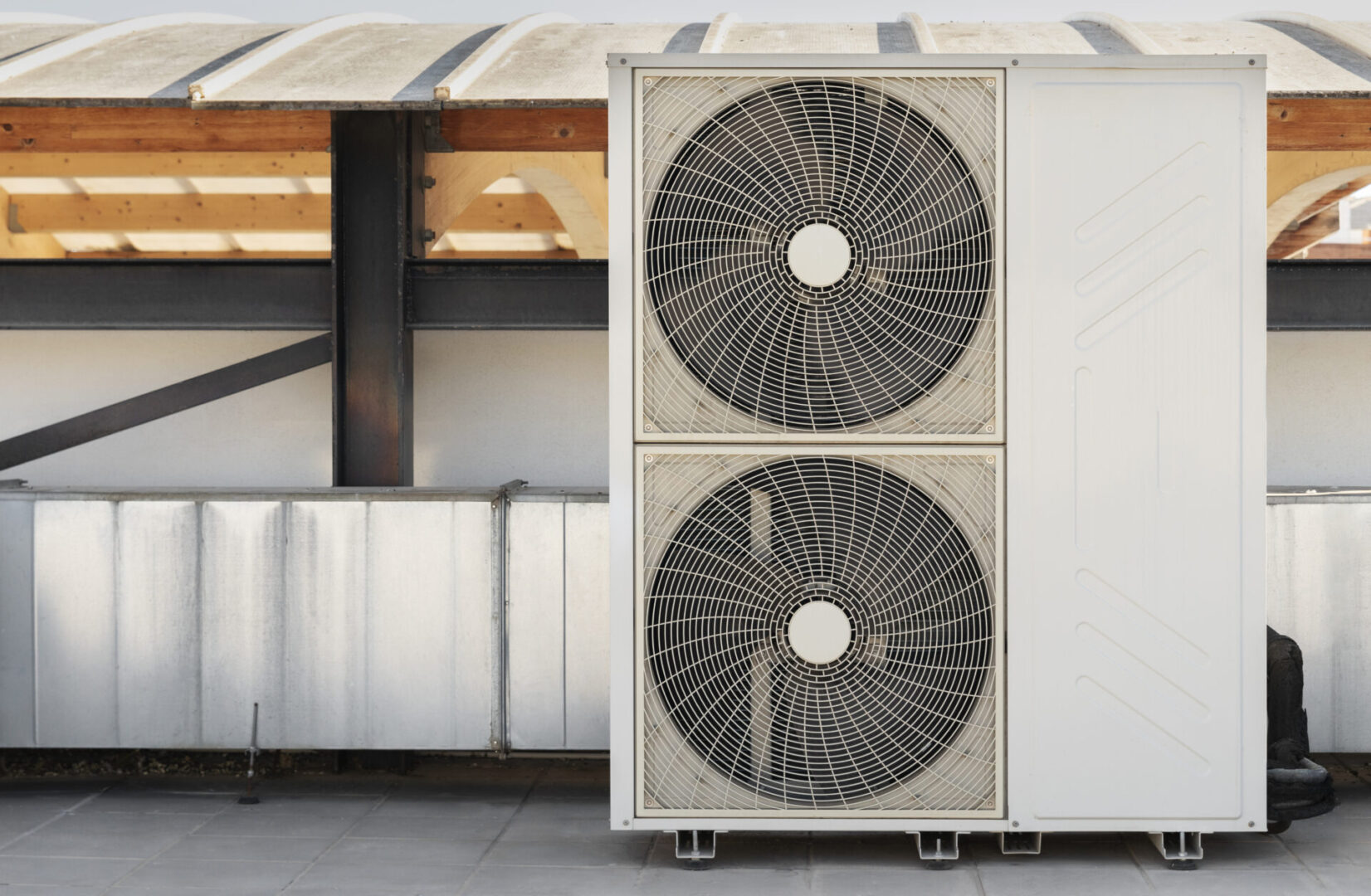
Did you know that 48% of US home energy consumption involves heating and cooling?
At Budge Climate Control in Albuquerque, our air conditioning repair experts know the importance of keeping your home cool during our hot summer months. How would we be able to survive without it?
From creative inventors to advancing technologies, air conditioning has come a long way since its humble publishing house beginnings. Let’s take a look at how air conditioning went from a luxury to a part of our everyday lives.
The Ice Age
No, we’re not talking about the global event. We’re talking about how we used to keep indoor spaces cool.
In the 1840s, Florida was just as hot as it is today. Back then, Dr. John Gorrie imagined a world where people were spared from the “evils of high temperatures.” Residents would be cooler, and diseases such as malaria would be better managed.
To keep his hospital cool, he shipped ice to Florida from frozen lakes and streams found in the Northern states. It was expensive and not the best solution for his needs.
Dr. Gorrie began designing a machine that would create ice. This ice machine utilized a compressor powered by horse, water, wind, or steam. After receiving a patent in 1851, his invention failed to reach consumers.
Nevertheless, his futuristic thinking paved the way for modern air conditioning.
Turning the Page
The march toward air conditioning remained stagnant until a different need arose. Willis Carrier, an engineer at Buffalo Forge, was challenged to solve a problem. In 1902, Sackett-Wilhelms Lithographing and Publishing Company in Brooklyn desperately needed to control the humidity in their building.
The summer’s humidity wrinkled pages while changing the dimensions of the paper, causing the ink to misalign.
Through a series of experiments, Carrier designed a device that used coils to dehumidify the air by cooling water. The device could also add humidity by warming water. He named his machine the “Apparatus for Treating Air.”
He later acquired another patent for an automatic control system that regulated temperatures and humidity within textile mills.
Seeing the future for his inventions, Carrier began his own company in 1915: Carrier Engineering Corporation.
Public Presentation
In 1904, the St. Louis World’s Fair used a mechanical cooling system to cool the air inside the Missouri State Building. This marks the public’s first introduction to indoor air conditioning.
By the 1920s, movie theaters began to invest heavily in cooling systems. Patrons filled the theaters during the summer to be relieved of the summer’s heat. These early cooling systems were rudimentary at best.
Heating systems equipped with refrigeration devices blew cold air through floor vents. People seated at the floor level were left shivering as the people in the higher seats dealt with warm, muggy air.
In 1922, the Carrier Engineering Corporation installed the first effective cooling system in the Los Angeles Metropolitan Theater. Cool air was now being delivered through higher vents to control the temperature and humidity.
During this same year, we saw another breakthrough as systems began using centrifugal chillers. These chillers lowered the cost of large-scale systems while proving to be more reliable.
Coming Home
Before 1929, cooling systems were large and too expensive for the average home. Frigidaire attempted to solve this problem by introducing a smaller home-based system. Unfortunately, it was also expensive and rather heavy.
In the 1930s, other companies began producing prototypes for home air conditioners. As systems got smaller, H.H. Schultz and J.Q. Sherman patented a unit that could sit on a window’s ledge. Released to the public in 1932, few units sold due to its price point.
Henry Galson broke through the challenges of home air conditioning by producing a smaller, inexpensive window unit. By 1947, these mass-produced machines began making their way into American homes.
During the 1960s, new homes were being built with central air conditioning. In fact, the population booms occurring in hotter states, such as Arizona and New Mexico, were fueled by air-conditioned homes and facilities.
It would be no surprise if this were also the start of seeing air conditioning repair services being offered in such cities as Albuquerque and Phoenix.
Regulating Energy Consumption
Beginning in the 1970s, the widespread use of air conditioners resulted in regulatory changes. The Energy Department has continuously implemented industry standards that have made air conditioners more energy efficient.
This efficiency has led to lower energy costs and benefited the environment by having less carbon dioxide released into the air.
Albuquerque’s Air Conditioning Repair Experts
Having an air conditioner in Albuquerque means knowing who to call when you need it repaired. Our Albuquerque air conditioning repair experts at Budget Climate Control can get your unit back up and running before you break a sweat.
Contact us the next time you need your Albuquerque air conditioner repaired.
